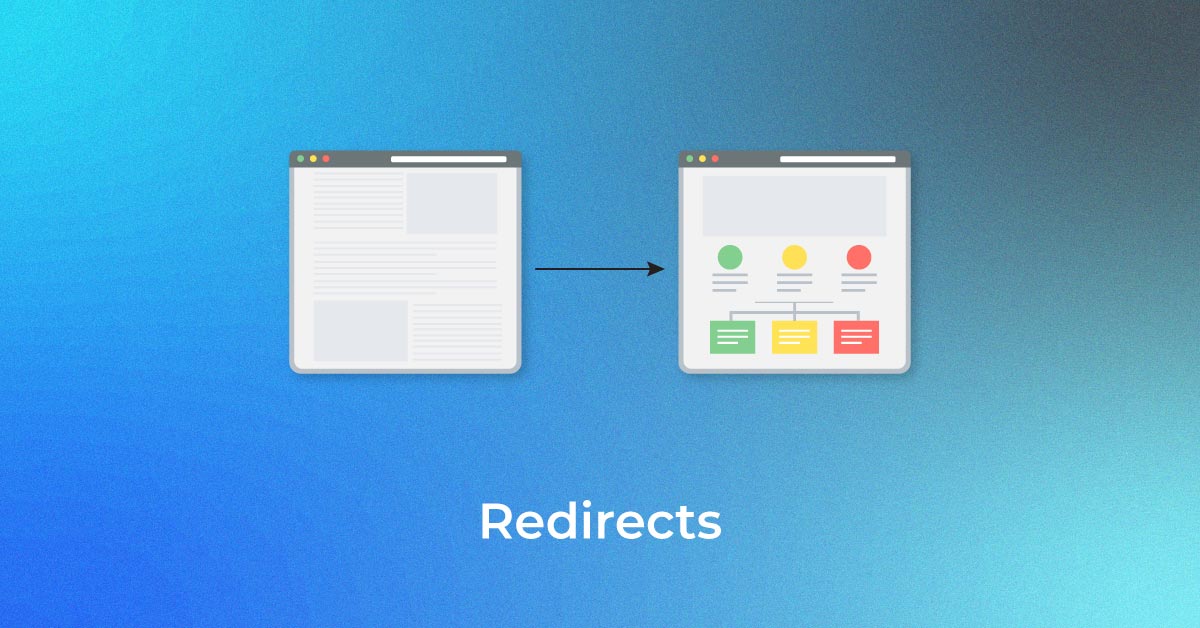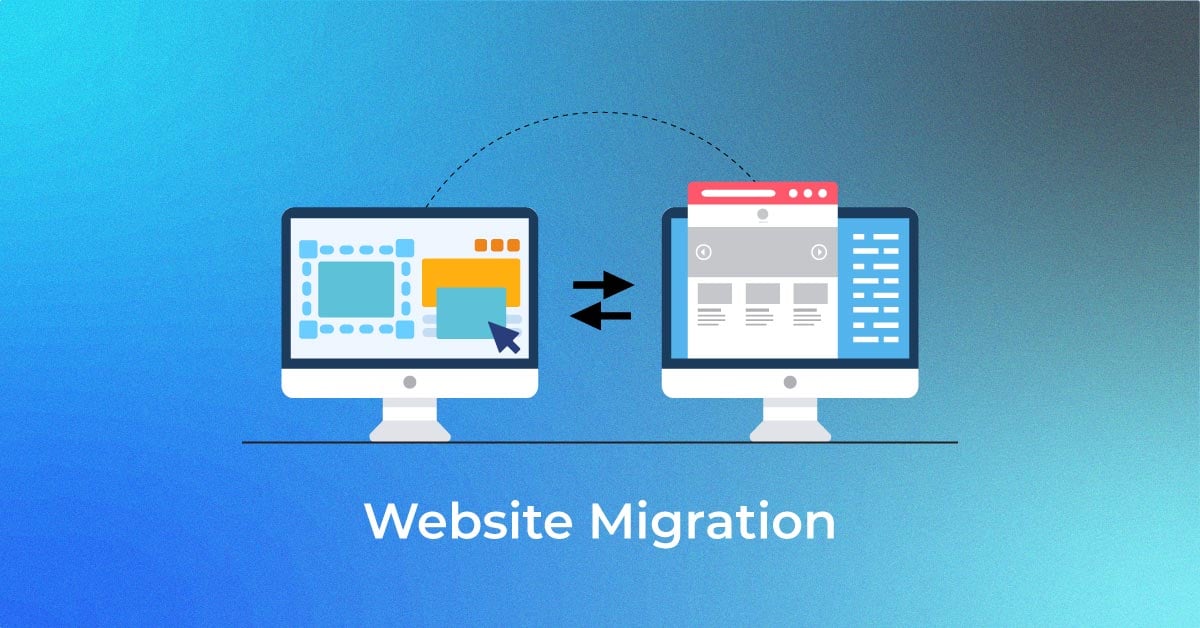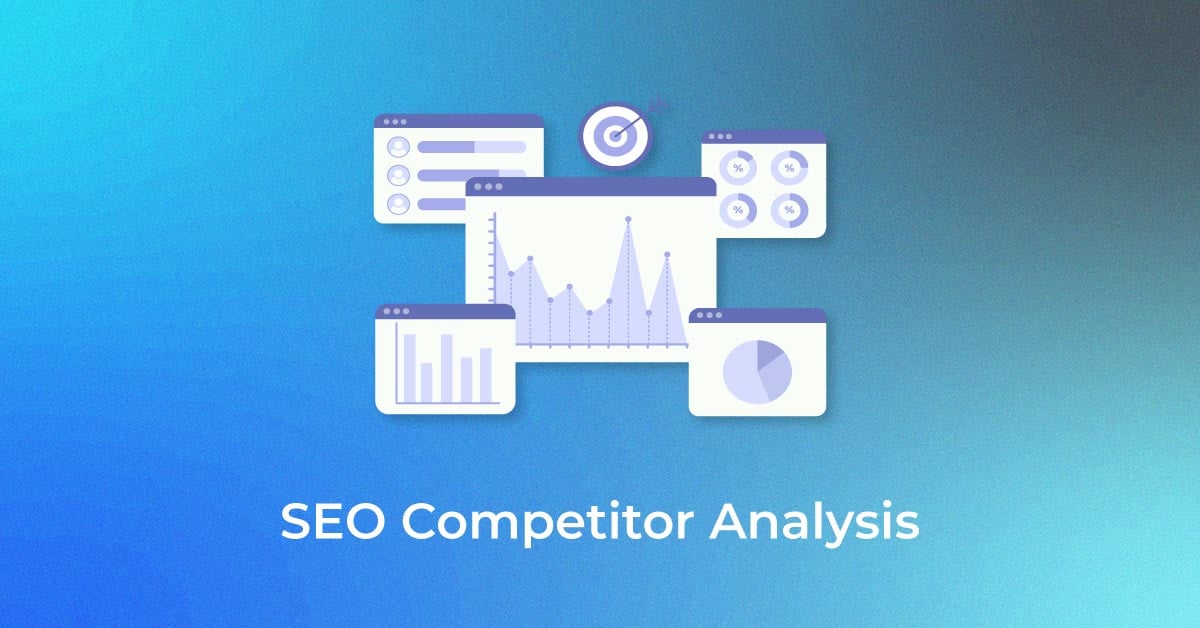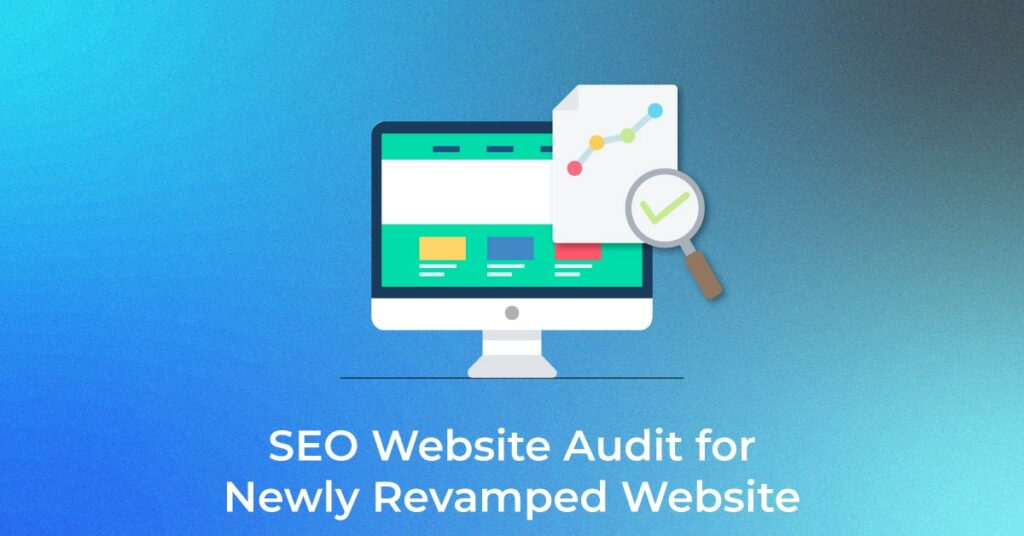|
Getting your Trinity Audio player ready...
|
The term “website audit” is a familiar phrase among SEO professionals, and you’ve likely encountered it, even if you’re new to the industry. You may be wondering what a website audit entails, especially if it’s your first time performing one. It’s natural for many questions to arise when you come across this term. This guide will delve into what a website audit involves and give you the knowledge to conduct one independently.
A website audit is considered a fundamental aspect of giving your website a thorough hygiene examination to provide users with the best possible experience on your website. In this article, we will understand the overall procedure, benefits, and execution of the website audit for a revamped website in a step-by-step process.

What is a Revamp Website Audit, and how is it different from a Website Audit?
Revamping a website, which entails rebuilding, reconstructing, or refurbishing it, follows the same principles outlined earlier. The goal of a website revamp is to ensure the final product aligns with your initial vision. However, our focus shifts to the post-website redesign phase, where we aim to identify and rectify any shortcomings through a comprehensive SEO audit of the newly designed website.
A website audit is a detailed analysis of the various factors affecting a site’s visibility in search engine results. This standard procedure yields extensive insights into the site’s overall performance, including traffic metrics and the performance of individual pages. The key distinction lies in the type of audit: a standard site audit primarily assesses the website’s overall SEO performance, while an audit of a revamped website goes a step further. In the latter, we examine the overall SEO performance and the technical aspects of the site, ensuring that the redesigned website meets both functional and optimization standards.
Different Types of SEO Audits
Now you all know what SEO revamped website audit is, let’s look at the different types of audits after the website redesign. The following are the most common SEO audits that SEO professionals conduct.
1. Website SEO Technical Audit
A Technical website audit includes examining the website’s page load time, overall navigation, and more. Based on the severity of the fixes required and the possible SEO benefit, prioritize the areas for improvement in the results. Instead of concentrating only on posting content for search bots, you should make all of these elements function together to improve site navigation and aid in the right customers reaching the site.
2. SEO Link Audit
An SEO link audit is the overall evaluation of your website’s internal & external links. By implementing the SEO link audit, you will not only get to know your website but also come to know where it currently stands in the market. A link audit will uncover those low-quality links and expose those toxic websites linked to your website. This information will help you identify and take the necessary steps to avoid penalties from the search engine. To avoid such scenarios, you should take the following steps: redirecting the low-quality links, disavowing the links, etc.
3. Competitor’s Site Audit
A competitor’s website audit will somehow uncover the necessary steps or strategies that you are not implementing to your website. Also, competitive analysis helps to identify the things that are working for your competitor’s website and not for you, and you can implement those tactics into your website. While conducting the competitor analysis, you will know what keywords they are ranking, what domains they are building links to, and what On-Page tactics they are using.
Analyzing your competitor’s website can reveal where you are lacking in terms of the above-mentioned activities. You can fast-forward your SEO tactics when you know what will work for you than your competitors. It is no longer relevant to just be online and market your products. Relevancy is targeting the right audience and attracting customers to your website.
4. Content Audit for Website
This audit is broad from all three site audits regarding the importance given in today’s SEO world. A content audit is identifying or examining your website’s current content and comparing this with already placed keywords and buyer personas that show any gaps and the areas you can target. Also, ensure that all the essential content, including text, images, meta tags, and structure data, is migrated accurately to the new website. When all the above-mentioned boxes are ticked, your website can deliver the highest-quality content compared to your competitors. Further, it will rank higher in the SERPs.
5. Audit for Conversion Rate Optimization
Analyzing the required CRO opportunities, issues, etc., can be either technical or on-page issues. Conducting the SEO audits for CRO will help you determine what aspects your website is lagging. A web page audit will aid you in identifying the potential areas to target for CRO, such as CTA (Call to Action) buttons, page usability, mobile-friendly pages, and other aesthetic elements. The main aim of this audit is to determine how your user is navigating or the overall behaviour of your user when they land on your website. Identifying and examining these necessary factors will help you replicate your website’s relevant tactics or strategies.
6. Follow-Up SEO Audits
The above-discussed five types of SEO audits are for some necessary sceneries, but many SEO professional experts recommend having quarterly website audits. It is most important to conduct an SEO website audit regularly. Stay on top of your industry’s trends by conducting frequent SEO audits to ensure your website is updated with the latest developments.
What are the tools that are used in SEO Website Audit?
Several tools are being used to conduct the website audit. SEO professionals ‘ most commonly used tools are tools like Screaming Frog, Semrush, Google Search Console, Woo Rank, Moz, Ahrefs, Google Analytics, GT Metrix, Yoast, etc. Following, we will discuss the key features of the above-mentioned tools:
- Screaming Frog – Crawls websites to identify SEO issues like broken links and duplicate content.
- Semrush – Provides features for site audit, keyword research, and competition analysis.
- Google Search Console – Helps monitor website performance in Google search results and identifies issues.
- Moz – Offers tools for SEO analysis, including keyword research and backlink tracking.
- Ahrefs – Offers comprehensive SEO analysis, backlink research, and keyword research & tracking.
- Google Analytics – Provides in-depth data on website traffic, user behaviour, and more.
- GT Metrix – Measures website speed and performance, suggesting improvements.
- SEO Yoast – Paragraph Structure Yoast SEO will analyse the structure of your paragraphs to help deliver better content.
- Woo Rank – Conducts a detailed website audit focusing on SEO and usability.
- Pagespeed Insights – Analyzes website load times and identifies bottlenecks.
Step-by-Step Process on How to Conduct Your Revamped Website Audit
1. Use a site audit tool to run your website URL
When starting a revamped website audit, the first thing to consider is the tool that will be used during the overall site audit. While using the tool, you will learn how your website performs in terms of SEO. In addition, you will get some specific suggestions/recommendations that would help to resolve the query or issue.
2. Identifying Technical Issues
After running your website URL to an SEO Audit tool, you should identify and prioritise the technical aspects of the website, such as mobile friendliness, site speed and schema markup. The audit should encompass the factors mentioned above. If the error occurs and you notice visitors are not staying on the website for a long time or there are a lot of vacant shopping carts, a website audit is the best way to find out why such a scenario is happening to your website.
3. Assess the design and UX
After the revamp of the website, the most common errors or mistakes occur mainly in the design and UX section of the website. Using tools like Google Analytics, you can identify how your users perform or behave on your website. Also, you can know which part of your website is getting more visitors or users and what the users are reading most on your website. From the design and UX audit, you can figure out what factors are impacting your UX and what can fix the errors.
4. Analyze your Website Content
Analyzing website content is the most essential factor to consider after the website is redesigned or revamped. You are analysing the website content from an SEO point of view, such as Duplicate headers, Multiple H1s, Thin pages, Duplicate content, Hidden content, etc. You can conduct a complete website audit if your newly designed website has certain pages with the issues mentioned above or errors.
5. Other SEO Issues
The main aim of the revamped website audit is to look out for SEO-friendly website-related issues and procedures for implementing the audit. The critical process of the revamp website audit is explained in the above four pointers. After analysing the same, the next thing is to identify the basic SEO mistakes like the meta tags (title & descriptions), image alt text, and many more.
6. Creation of an Audit Report
To summarise the process, the last thing to do is create an audit report that simply displays the overall observations and recommendations of the audit. To be precise, the audit report signifies the crucial areas for implementing SEO tactics and strategies and improving overall website performance. In addition, the tool can help you create the report is Semrush’s Site Audit tool. The tool provides an in-depth audit report with proper recommendations and insights. When you have a complete website audit report in your grasp, you can quickly present the information to the right teams within your organisation or start making changes on your own.

Unleash your website's potential by harnessing Infidigit's 400+ SEO audit to achieve peak site health & dominance on Google organic search.
Looking for an extensive
SEO Audit for your website?
Unleash your website's potential by harnessing Infidigit's 400+ SEO audit to achieve peak site health & dominance on Google organic search.

Conclusion
You are now ready to conduct a website audit due to these lists and templates, as well as the explanations of what each item indicates and the resources and advice to take care of it. When you finish your audit, you’ll have answers to those questions and specific evaluations for improving your website and making it more competitive.
With Infigrowth, you’ll have access to various marketing tools to help you improve your auditing process. Thanks to helpful website analytics and an extensive, simple-to-read performance dashboard, you may find ways to enhance your website, increase traffic, and increase your revenue.
Popular Searches
How useful was this post?
4.4 / 5. 16

















